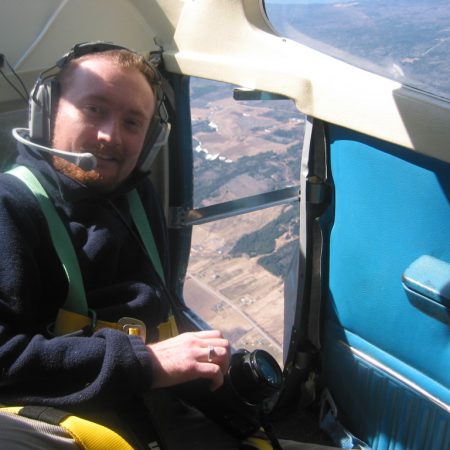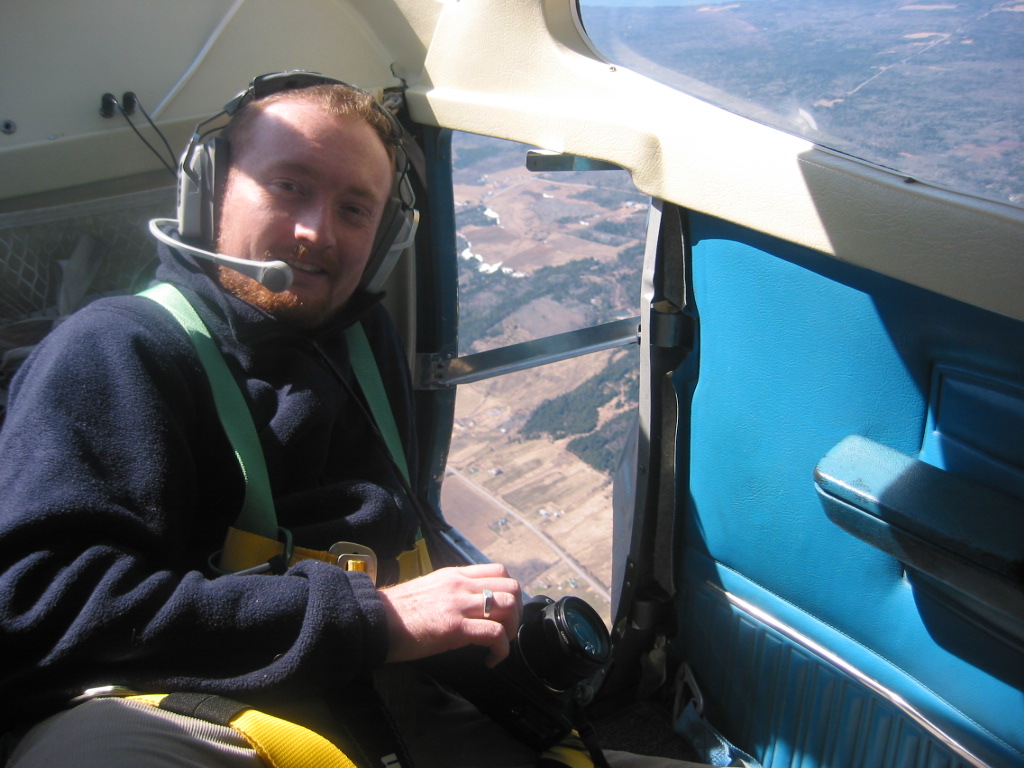Strategies for Young GIS & Geomatics Professionals: Getting Ahead At Work
You have landed your job in geomatics and you want to move ahead. Maybe you are interested in leading a team of geomatics professionals, or you want to move into a new and more challenging technical area. Some of you might even want to move towards the marketing and business side of the organisation. Lets look at some strategies on how to move your career forward.
Geomatics Mentors
Once you have found and gotten comfortable with a new position, you may want to move yourself into new roles and pick up new skills. A great way to go about accomplishing this goal is to find a mentor. A mentor is an individual who can help guide you with the benefit of their experience and champion your path to new projects and positions at work.
An example of this would be if you were in a technical position – let’s say GIS Analyst – in your company and you wanted to move to the business side. Your lack of experience on the business end will be an obstacle in achieving that move. You have all the technical skills, but you lack the business training and experience to move in that direction. One of the best ways to move in this direction is seek the help of someone you respect and who is respected within the organization. This would put them in a position to mentor you. Simply explain to them what your goals are and ask them how to move in that direction. Start by having coffee with them and letting them know you would like to change direction or focus in your job. See if they have the inclination to help you. Mentor relationships are often not explicit. It’s not like you swap friendship bracelets or get name tags. Most companies do not have a mechanism for mentorship other than team leader to employee.
The relationship created through mentoring is one you will build on a shared passion for your industry and geomatics. Your mentor gains the benefits of your enthusiasm and curiosity while you get to benefit from his/her knowledge.
Finding and working with a mentor can bring many career achievements early, as you have the inside track to more senior members of your organization at a more personal level. Being a mentor is a lot of work, so don’t be disappointed if initially you don’t find one right away– it takes time and patience.
If you can’t find a mentor at work, you may be able to find one through your LinkedIn contacts. Perseverance and patience will make this happen and lots of networking. Mentors can come from outside your own organisation. Think of your mentor as a sounding board and wise sage. They have tread the path you hope to travel. So why not ask for some directions from someone who knows?
Keep Networking
As you will no doubt already realize, many long-employed geomatics professionals still maintain their public profiles and attend geomatics conferences and meet and greets. Although you may find yourself landing the ideal job, keeping in touch with the geomatics community is crucial to your continued professional success. Don’t just suddenly stop networking and drop out of your professional communities.
You may find down the road that you wish to move on from your current position. You don’t want to have to restart you job hunt from scratch (albeit with some work experience). You will benefit greatly from maintaining good professional relationships and an active role in the community. Stay on top of developing technologies by attending conferences and working on independent or collaborative projects on the side. As I’ve said on GoGeomatics many times before, geomatics is a discipline that requires constant practice. Don’t get rusty! Attend your local GoGeomatics Socials if there is one in your area. This is a great place to network and build relationships with other professionals in the geospatial community.
Work Hard & Lead by Doing
Being a leader is a great career strategy to get ahead. Get noticed by the powers that be at work as an up and comer. A lot of times it can be hard to shine if we get overloaded with the demands of our day to day tasks. Those that get ahead make an extra effort and put the time in.
Do I really have to tell you all the work that you do needs be your best effort? Attention to detail and noticing the little errors and problems that slip by others are the stuff leaders and managers are made of. If you are going into your job with the idea of doing the minimally acceptable level of work…well good luck with that. You don’t think everybody can tell? They can and they will notice you are scrapping by. You might keep your job but you are not going anywhere unless disaster strikes and they have to fill a role with someone with at least a minimum of qualifications and experience.
Try doing something different:
Does your company or group use the same methods and the same tools for years on end with out reviewing new technologies and methodologies? Take some time on your own or ask for some time from your manager to do some research. Maybe you will figure something out that will help productivity and the bottom line. Boom you are a star! The down side of this is your peers might resent it as you look like your are brown nosing. You can smile and wave to them from your top floor office in a year or so.
Lunch talks:
Many organizations have lunch hour talks once a week to showcase new products or technology. If they don’t, ask to have one. You can do a lunch in the board room and talk about anything you want as long as it’s useful or of interest to your organisation. Maybe it’s based on some of the research you did on new technologies or methodologies? As well if you want to be a leader, starting to practice your public speaking is a good idea. This could be the start of getting to speaking at conferences or company events. If your goal is the business side of geomatics you will need to be able to communicate in front of crowds.
Write an article or two:
You quickly get the attention of managements as one to watch if you ask permission to write an article about the work that you do. It could be a project or geospatial tool you want to discuss to the geomatics community. The possibilities are endless. Sites like GoGeomatics Canada (send us a message if you want to write) publish articles on geomatics all the time. You will need to get permission from work and decide on a subject. If it gets approved by your boss and published you can be sure it will be emailed around an noticed by all of the senior management as well as the wider geomatics community. Being able to write clearly and effectively is a skill everybody needs to have to move a career forward. Many of the entry level geomatics positions do not give you an opportunities to write. So keep those skills up and write an article or two.
Attend conferences, attending seminars and go do some training:
Asking for time to attend professional development and training seminars will get you noticed. As well do some online learning in the areas that you want to move into. Taking the time to upgrade your skills is a flag to management you are not there for just the paycheck. You are interested in your career and developing yourself as professional. They like that as the organisation benefits from your skills and abilities. They also want to work with talent and foster the next generation of the organizations leaders.
Continuing education in Project Management (PMP):
I also recommend looking at taking a project management certification. Most local community colleges have these programs in either a part time or accelerated format. Talk to your company first and see if they would help to pay for this. If not maybe take it anyway. If the company or group your in is not interested helping you grow as a professional the management at your next job might be and give you the paycheck that shows it.
Wrapping it up
These are a few of the ways that you can get ahead in your geomatics career. Everyone’s path is different and some people are better positioned for one strategy or another. You will have to sit and and think about what your goals are.
It will be very hard to get ahead if the organisation you work with is not interested in helping you get ahead or even have room for you to move up. Don’t forget that the onus is not all on you. One way to tell if your working with a good organization is how they react to your efforts to get promoted and get ahead. Do they meet your inquires with indifference? Do they refuse to pay for any training or let you take some time off to attend industry events? If they are constantly turning down your requests the writing is on the wall.
Despite all your efforts the company your with may not be one with a path forward. Some organizations are just looking for button pushers. They want you to sit in your cube and spin out the work day after day. So situations like that might mean you have to find a new place to work if you want to get ahead.
Moving forward in your career is something that takes finesse and thought. I hope that this article might spark your imagination and get you thinking. There are many ways to skin this cat and you’ll have to find the method that works for you. Good Luck.
This article was originally posted on April 15, 2013







